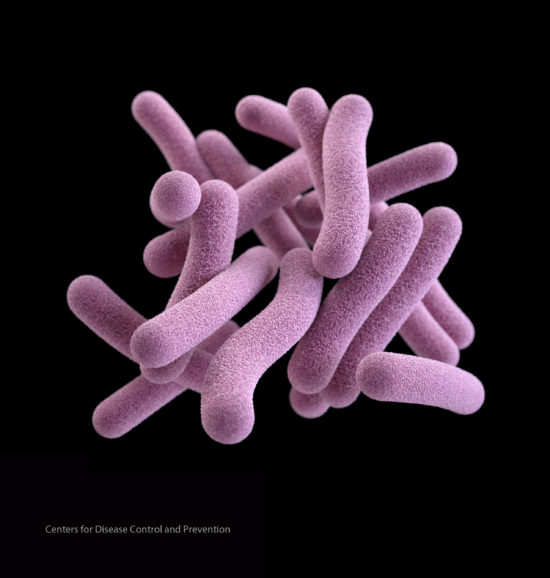DNA sequencing can be breakthrough technology for better tuberculosis diagnostics
Tuberculosis is a deadly disease with around 10 million people affected in 2016 and 1.7 million deaths. Considered a public health issue around the world, the WHO and several other organisations work on ending tuberculosis by 2035. For the successful eradication of the disease, better preventive measures, treatment option and diagnostics are needed. Most concerning is the increase in resistance of M. tuberculosis against first-line antibiotics, with more than 500 thousand cases worldwide. In this area better diagnostics are urgently needed.
In a recent article[1], the CRyPTIC Consortium and the 100,000 Genomes Project published their findings on diagnosing susceptibility to first-line tuberculosis drugs by DNA sequencing. The authors show that DNA sequencing is a viable alternative to bacterial culture to guide therapy. They note that several public bodies such as Public Health England, UK and the RIVM, NL have
already decided, going forward, not to phenotype samples that test as fully susceptible by DNA sequencing based diagnostics. The WHO has also recently published a technical document for the use of this technology[2].
Several companies aim to bring DNA sequencing based diagnostic products to the market. Amongst them, Clemedi[3] is developing a combination of targeted DNA
sequencing and machine learning.
[1]: https://www.nejm.org/doi/10.1056/NEJMoa1800474
[2]: http://www.who.int/tb/features_archive/Improved-detection-drug-resistant-TB/en/
[3]: https://clemedi.com



